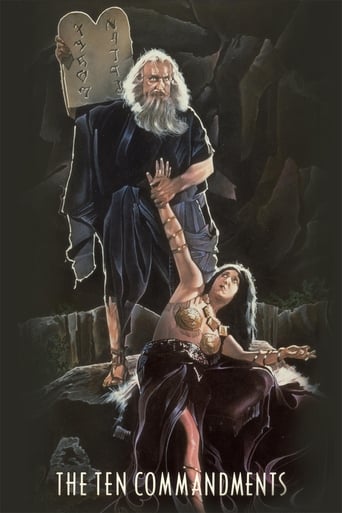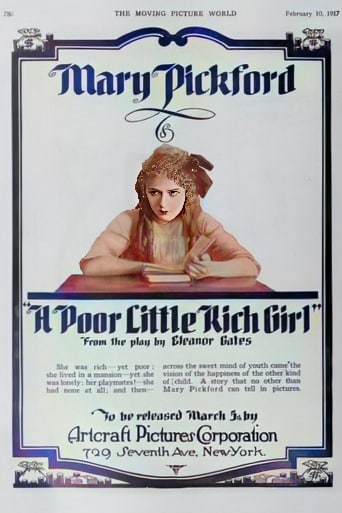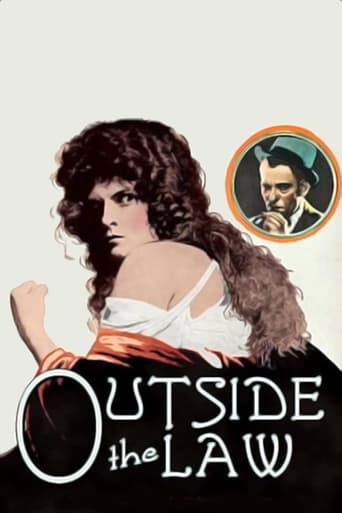The Ten Commandments (1923)

 Cecil B. DeMille’s “The Ten Commandments” (1923) is a monumental silent film that weaves a narrative around the moral and ethical principles laid out in the biblical commandments.
Cecil B. DeMille’s “The Ten Commandments” (1923) is a monumental silent film that weaves a narrative around the moral and ethical principles laid out in the biblical commandments.
Starring Theodore Roberts as Moses, the film opens with a plea for society to return to these fundamental principles in the aftermath of the horrors witnessed during World War I.
The storyline begins with Moses witnessing the giving of the Commandments as writing in the sky on Mount Sinai. He then carves them into stone tablets, a pivotal moment that sets the stage for the moral journey of the characters in the film. As the narrative progresses, the film delves into the Book of Exodus, picking up just after the ninth plague.
The escape from Egypt and the Crossing of the Red Sea are visually depicted, showcasing the grandeur and scale of the biblical events. Moses’ ascent up Mount Sinai to receive the Commandments adds a supernatural element, with the divine inscriptions appearing in the sky. This visual motif of the commandments’ tablets reoccurs throughout the film, emphasizing their significance in the unfolding narrative.
Upon Moses’ return, the film takes a dramatic turn as he discovers the Israelites have fallen into debauchery, worshipping a golden calf. The intensity of Moses’ reaction, smashing the Commandments in anger, underscores the gravity of the situation. The film masterfully captures the conflict between divine principles and human frailty.
The narrative introduces two brothers, John and Dan McTavish, living with their devout mother Martha. Their opposing choices set the stage for a compelling exploration of faith and morality. John, influenced by his mother’s teachings, embraces the Commandments and leads a humble life as a carpenter. In contrast, Dan, now an atheist, vows to break every commandment and rise to the top.
The film skillfully weaves together biblical themes with the struggles of its central characters. Martha’s strict adherence to the Sabbath and her subsequent eviction of Dan create tension within the family. The introduction of Mary, an impoverished but beautiful young woman, adds a romantic subplot, and her interactions with both brothers contribute to the unfolding drama.
As Dan and Mary decide to run off together, the narrative jumps three years ahead, revealing Dan’s transformation into a corrupt contractor. The film critiques the consequences of greed as Dan earns a contract to build a cathedral but opts to compromise the construction’s integrity for personal gain. The visuals of the cathedral’s construction symbolize the moral decay inherent in Dan’s actions.
The film also explores themes of forgiveness and redemption through the character of John, who becomes unwittingly involved in Dan’s corrupt dealings. The strained relationship between the brothers comes to a head when Martha, visiting the construction site, is fatally injured. Her dying words condemn her own focus on instilling fear rather than love of God.
Dan’s descent into moral bankruptcy continues as he cheats on Mary with Sally, leading to a tragedy that sets the stage for his ultimate downfall. The film employs elements of melodrama and morality play, using Dan’s unethical actions to underscore the importance of adhering to the Commandments.
Martha’s death becomes a turning point for Dan as he faces financial ruin and contemplates suicide. The film delves into the consequences of one’s actions, as Dan’s former partner demands a bribe to prevent exposure of their corrupt practices. Dan’s attempt to take back valuable pearls from Sally, and the subsequent revelation of her leprosy, adds a layer of poetic justice to the narrative.
The climax unfolds as Dan, attempting to flee to Mexico, meets his demise in a boat crash. The film poignantly connects Dan’s fate to his moral transgressions, providing a stark warning about the repercussions of unethical behavior. Mary, fearing infection, seeks solace with John, leading to a moment of grace and redemption.
The visual motif of the commandments’ tablets continues to permeate the film, serving as a visual reminder of the moral principles guiding the characters. The film’s cinematography, for its time, effectively conveys the grandiosity of biblical events and the intimate struggles of the characters.
In the denouement, John reads Mary the New Testament story of Jesus healing the lepers, a powerful scene that carries themes of forgiveness and redemption. The visual revelation of Mary’s unscarred hands, previously thought to be afflicted, adds a touch of divine intervention to the narrative.
“The Ten Commandments” (1923) stands as a cinematic achievement that skillfully blends biblical storytelling with a narrative that explores the complexities of human morality. The film’s use of visual motifs, strong performances, and moral themes contribute to its enduring significance in the realm of silent cinema. DeMille’s direction, coupled with the performances of the cast, elevates the film beyond a mere biblical adaptation, making it a powerful exploration of ethics, redemption, and the enduring relevance of moral principles.
Release Date: December 4th, 1923
Main Cast Members
Theodore Roberts (Moses – The Lawgiver)
Charles De Rochefort (Rameses – the Magnificent: Prologue)
Estelle Taylor (Miriam – the Sister of Moses: Prologue)
Julia Faye (The Wife of Pharaoh)
James Neill (Aaron – Brother of Moses: Prologue)
Clarence Burton (The Taskmaster – Prologue)
Noble Johnson (The Bronze Man – Prologue)
Loading live eBay listings...




